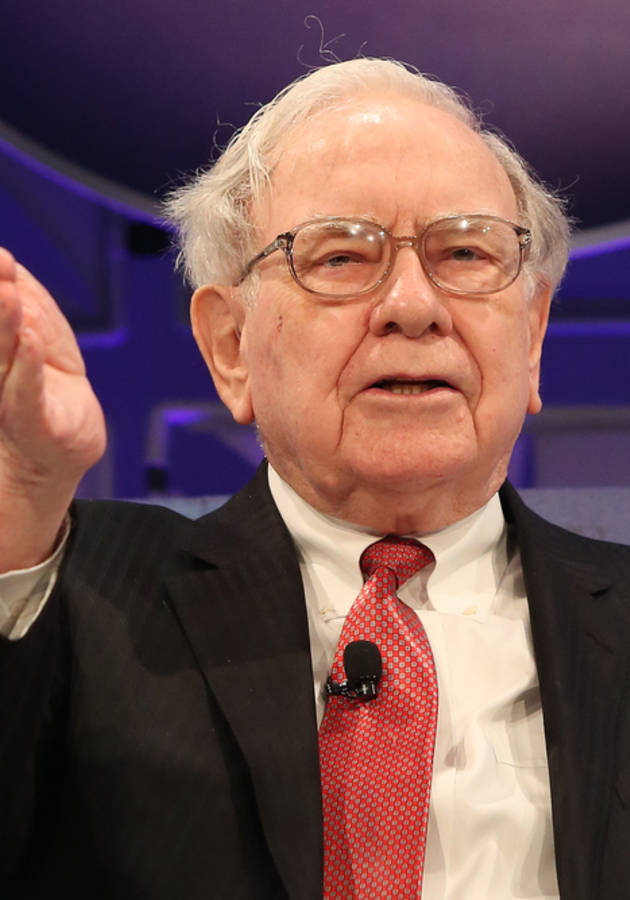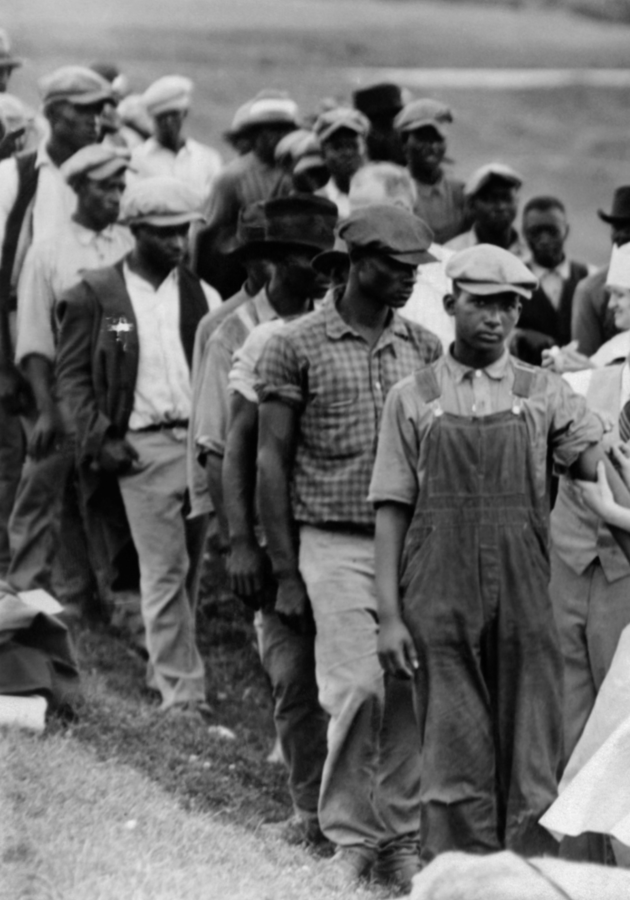What makes great companies different from others? Why have companies such as Walt Disney, Boeing, or Marriott managed to withstand the test of time and are still going strong, in some cases more than a century later? These are the questions that motivated the authors to embark on six years of research on the topic. They realized that great companies are not defined by great leaders or ideas, but by quite a few counterintuitive factors – get ready to learn how you can create a visionary company as well!
Built to last
Visionary companies are the crown jewels of the industry in which they are operating. They “have woven themselves into the very fabric of society.” Could you imagine a life without Post-It notes, Mickey Mouse, or band-aids?
But what makes great companies different from others? To answer this question, the research team surveyed CEOs of Fortune 500 companies as well as smaller companies, and asked them to nominate up to five companies they thought were “highly visionary.” They then chose the 18 most commonly mentioned companies founded before 1950 – with the average founding time for these companies being 1897.
These visionary companies were then compared to “good” companies that were still outperforming the general stock market in some cases, but were not as great. Those companies were founded around the same time and had the same kind of market focus.
To gain an insight into the workings of the companies, the research team examined all of their histories - analyzing nearly 3,000 documents in the process, ranging from articles and case studies to corporate publications and video footage.
Interestingly, it seems that anyone can found a visionary company. You don’t need any particular traits or training. And while all companies analyzed hit rough patches at times, visionary companies were characterized by an extraordinary resilience in the face of challenges.
Researchers found that another striking feature of visionary companies was their ability to reconcile seeming opposites: just like yin and yang, great companies are defined by their resistance to the “Tyranny of the OR.” Instead, they embraced seeming paradoxes and managed to achieve both. Visionary companies embraced “the Genius of the AND.” For example, they managed to have both a fixed ideology and remain innovative at the same time.
Building a Clock
To form a visionary company, you neither need a great idea nor a charismatic leader. Building visionary companies can be compared to building a clock, a device that always lets you tell the time. A visionary idea or a visionary leader are akin to telling the time – they can tell the time only as long as they are there, in that moment. But once they are gone, only a clock allows everyone to continue to tell the right time.
And that is exactly what visionary companies have done – they have focused on building a clock, a lasting organization, that keeps generating great ideas and great leaders.
So, to start a visionary company, you don’t need a revolutionary or great idea. In fact, you don’t need an idea at all! The greatest companies of all time started out with no specific product idea. Take Hewlett-Packard as an example: they founded a company knowing they wanted to go into electronic engineering, but with no plan beyond that. So, they founded a company and tried everything from fat-reducing shock machines to automatic urinal flushers. They finally managed a breakthrough with war contracts in the 1940s.
Interestingly, it was the comparison companies that started with a “great” idea and didn’t become nearly as successful. So, if you’re wanting to start a company but haven’t yet, since you’re still waiting for a great idea – abandon that myth and just create your company. If you persist long enough, you will eventually have a lucky breakthrough!
You should focus instead on building an organization that stands the test of time. Look at GE as an example: its first leader, Charles Coffin, did not produce a single invention. Instead, he invested in the future of his company: he built “America’s first industrial research laboratory,” the General Electric Research Lab.
Another popular myth is that to build a successful business, you need a charismatic leader. Quite the opposite is true. Sure, many of the great companies had incredibly persistent and visionary leaders, such as Walt Disney or William E. Boeing. But the same is true for the comparison companies, who had leaders such as Charles Pfizer or the Gilman brothers.
Most of the leaders of visionary companies were not charismatic, but were rather humble and modest. Their focus was not on promoting themselves, but on building a lasting organization.
For example, at the same time as GE started, there was also George Westinghouse. However, he focused on generating inventions, rather than pushing the company forward, and therefore Westinghouse was not as successful as GE.
Follow your ideals
Visionary companies are not driven by a desire for profit. They are guided by a core ideology, and profit takes a back seat to that. Great companies have embraced pragmatic idealism, a seeming paradox: they drive the company’s monetary success by adhering to certain ideals.
For visionary companies, the company name itself stands for something bigger. Take Merck as an example. When the company turned 100, they published a book called, “Values and Visions: A Merck Century.” This title didn’t even reveal what industry Merck was in, because it had already made a name for itself. All of Merck’s decisions are guided by the core ideology of advancing medical science for the good of humankind.
That is also why Merck developed and gave away Mectizan, a drug that cures river blindness, which is a disease that affects many developing nations. Initially, the drug was developed with the hope that government agencies or other organizations might buy and distribute it, but when that didn’t happen, Merck gave the drug away for free to those who needed it most.
The core ideology of a company can be compared to the principles set out in the American Declaration of Independence – its values are so enduring that they seldom change, if ever. It is “a vital shaping force” in the development of the company.
Having a vision statement is not enough. A visionary company lives the statement in every single decision it makes. Disney, for example, makes its employees attend “Disney Tradition” seminars so they can properly understand and implement Disney’s company culture.
While the core ideology is vital, it does not make a visionary company by itself. Visionary companies have continuously embraced change and developed further, all while keeping to their core ideology. For many companies, this would be a paradox, but visionary businesses have managed to embrace both.
This means that visionary companies never settle for the status quo – they have an internal, irrepressible urge to keep improving, and this is what drives them - instead of a focus on the competition.
Great companies are defined by a mix of self-confidence and self-criticism. Constant self-evaluation motivates them to keep pushing the boundaries, and their confidence helps them in doing so, as it never even occurs to them that they could, potentially, fail.
Driving change
We’ve already established that visionary companies are motivated by an internal drive to continually improve and change. One way of doing so is by setting themselves Big Hairy Audacious Goals (BHAGs). BHAGs are clear and compelling goals that give a focal point to all the company’s efforts and therefore accelerate innovation.
Often, great companies commit to a big, daunting challenge much like President Kennedy did when he announced in the early 1960s that the Americans would land a man on the moon by the end of the decade. This seemed next to impossible at the time, but successfully fueled the U.S. space mission endeavors.
Boeing is another example of setting such an audacious goal. In 1952, Boeing announced they would build a jet aircraft for the commercial market, despite past failed attempts to enter the market and their recent mass layoffs. They succeeded in building the Boeing 707, and went on to revolutionize commercial flying.
Another way in which visionary companies drive change is by experimentation. They, “try a lot of stuff and keep what works.” In that way, visionary companies are similar to the biological evolution of species: In evolution, a lot of experimentation takes place until, often by accident, something is created that drives the species forward.
So, forget about brilliant and detailed business strategies and instead focus on building a company culture that allows for mistakes to be made.
Take Marriott as an example. In 1937, just 10 years after the company was founded, Marriott had an emerging restaurant chain and had its hands full managing the planned expansions. But something odd was happening with restaurant No. 8. It was situated near the airport, and more and more of the customers were getting take-away food to take onto their flights.
After a visit to the restaurant, J. Willard Marriott decided overnight he would start delivering food straight onto the tarmac, so that people could get a meal on the plane. Eventually, plane catering developed into one of the major businesses of the Marriott Corporation, and it all started by chance.
Being committed
Having read so much about the way visionary companies operate, you might be thinking now that they are great places to work! And they are – but not for everyone. Visionary companies are defined by their almost obsessive focus on their core ideology and on driving change and are therefore almost cult-like in the way their company culture works.
If you were to start working at one of these companies, you’d quickly find yourself being totally immersed in your work, having your colleagues as your peer group and becoming almost brainwashed in your commitment to the company. You will only thrive at one of these companies if you are truly dedicated to their vision. If not, you will find yourself hating the job and leaving as soon as you can.
In that sense, visionary companies are more demanding of their employees than other comparison companies. IBM has their own songbook of songs with lyrics such as, “March on with IBM, work hand in hand … ” And anyone starting at Disneyland must attend a multi day training program, where they learn to adjust their language from “employee” to “cast member” and from “crowd” to “audience.”
This dedication to the company can also be seen in the way management is handled. Visionary companies have a so-called “homegrown management.” At GE, for example, before Welch was made CEO, the former CEO Jones spent seven years to find and groom the right candidate to follow him.
Comparison companies often brought outside people in to become the next CEO, which often meant a redirecting of the company. Comparison companies didn’t always stick to their core beliefs and that ultimately made them less successful. Visionary companies, however, replace management from the inside – that way, they make sure the core ideology is kept intact and the company enjoys long-lasting success.
Final Notes
Visionary or great companies differ from other companies in their religious, cult-like commitment to a core ideology and an internal drive for change. They build their companies not on great ideas or great leaders, but endeavor to create organizations that will stand the test of time.
“Built to Last” is a must-read, not only for those in the business sector but anyone interested in why visionary companies have managed to be successful for over a century. Bursting with entertaining and interesting examples, this book is incredibly hard to put down!
12min Tip
Think of a BHAG that your organization could commit to. Be brave and grasp for the stars!





























